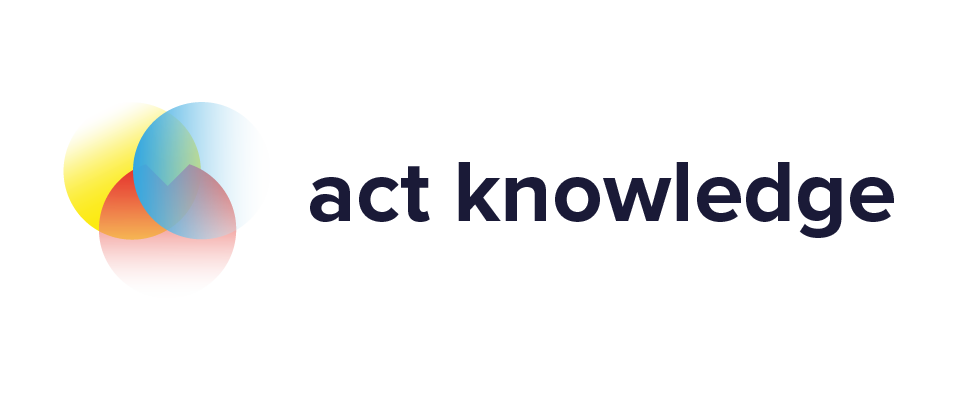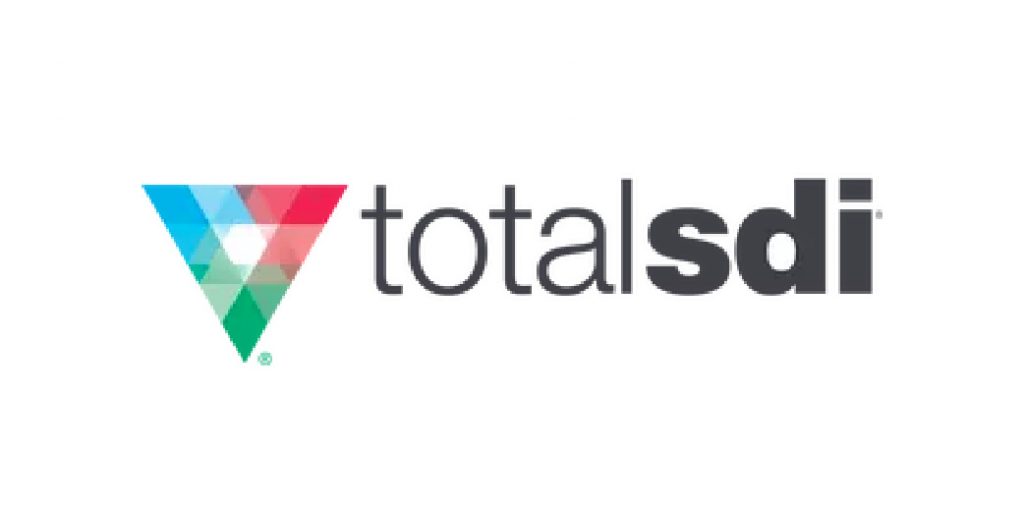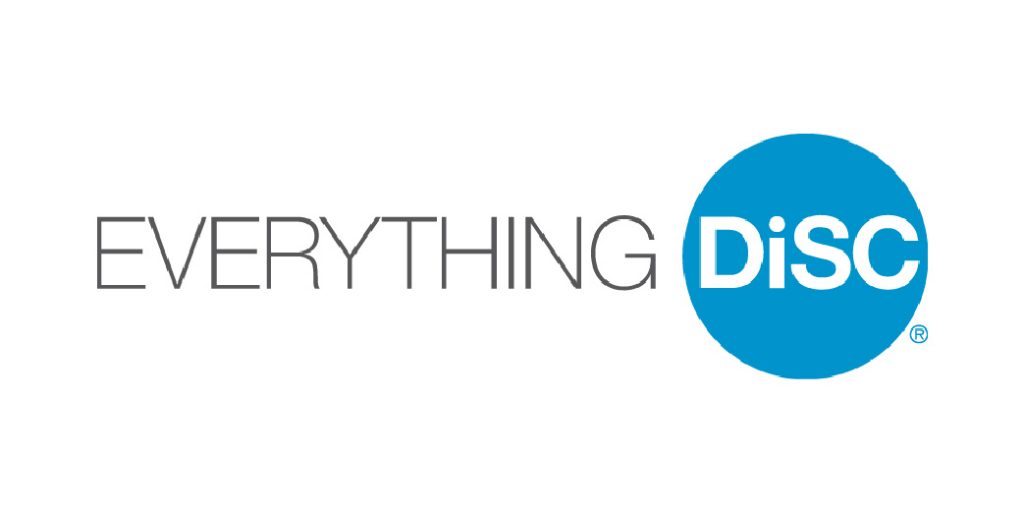No two people see the world in the exactly same way. We are all individuals, and we have a set of values, beliefs and experiences that shape our perception of the world in a way that no one else can replicate.
“Seek first to understand, and then to be understood.”
- Stephen Covey
Profiles
We are social beings, wired to belong, to be part of something. Through history we have attempted to define people by the groups to which they belong, and there are countless such groups – gender, race, socio-cultural, generational, occupational … Each of these contributes to our make-up and helps explain some aspects of who we are.
Around 2,400 years ago Hippocrates, the father of medicine, classified his patients into four temperaments, or types (sanguine, melancholic, choleric and phlegmatic) as a means of working with them more effectively.
Over the past 150 years his work has exploded into hundreds of new profiling tools available to us today to help us understand our personality, motivation and behaviour. Profiling provides us with a better understanding of ourselves and of the people around us. The profiling tools and instruments provide insight into how we can adapt our own thinking processes and behaviours to achieve the results we desire and to engage more effectively with the people who make up our world. If used appropriately, they are powerful tools.
We make use of a range of profiling instruments and tools in our customer engagements. The most common tools we utilise are:



